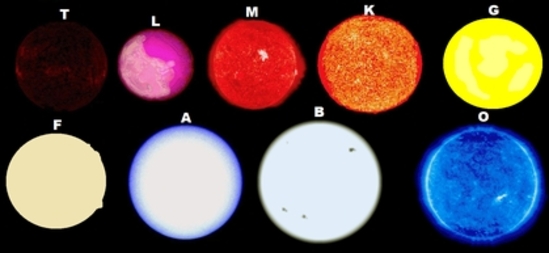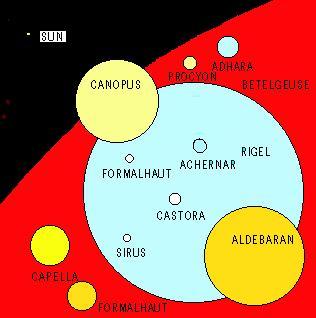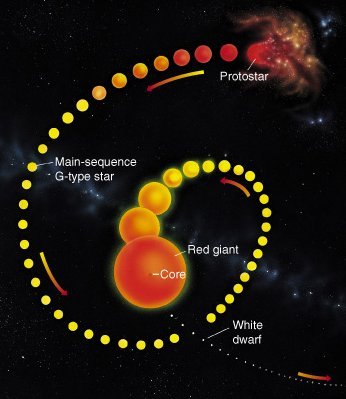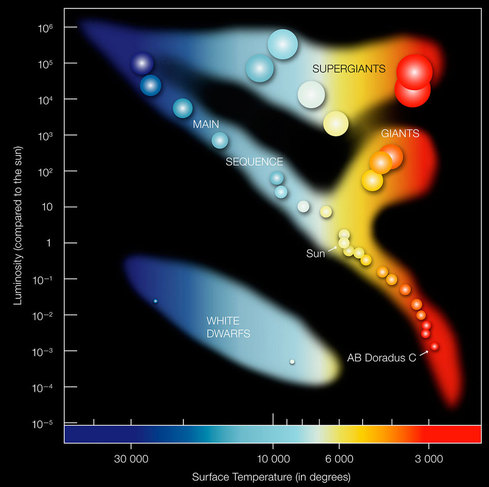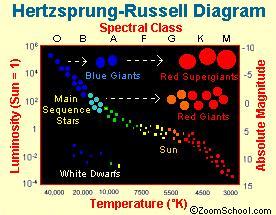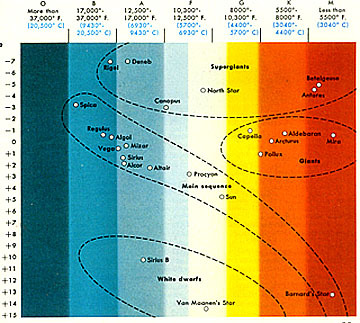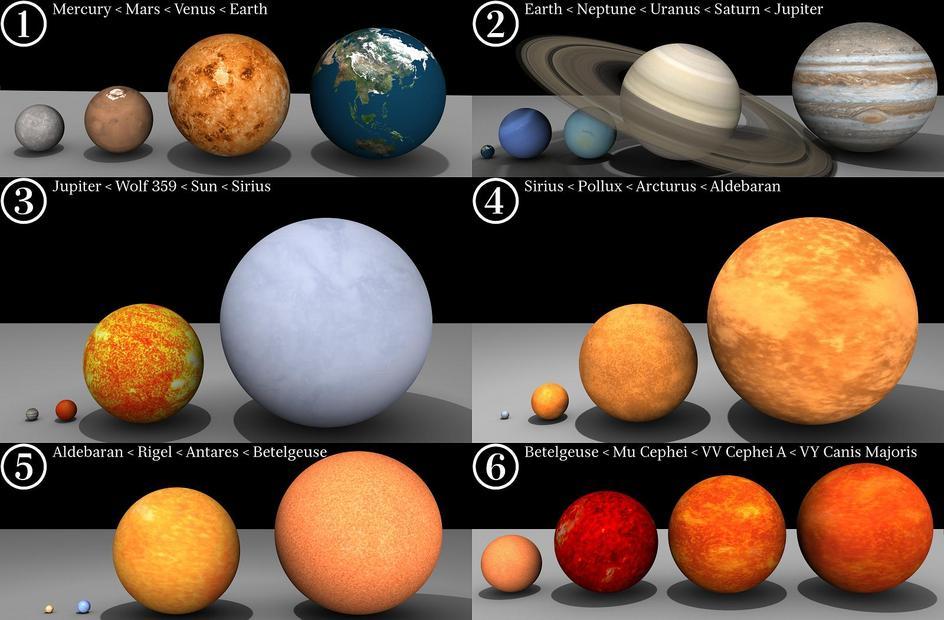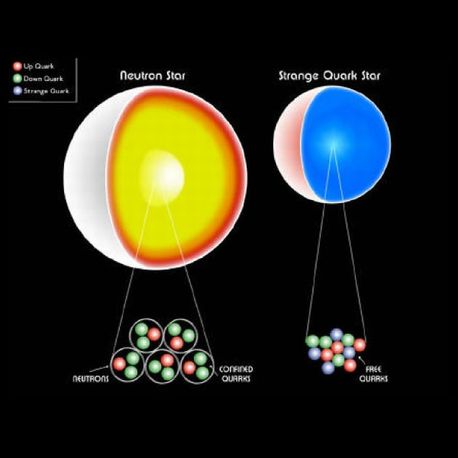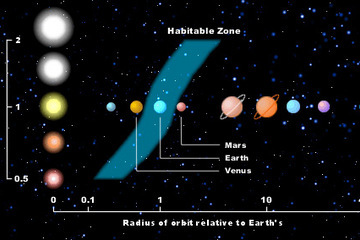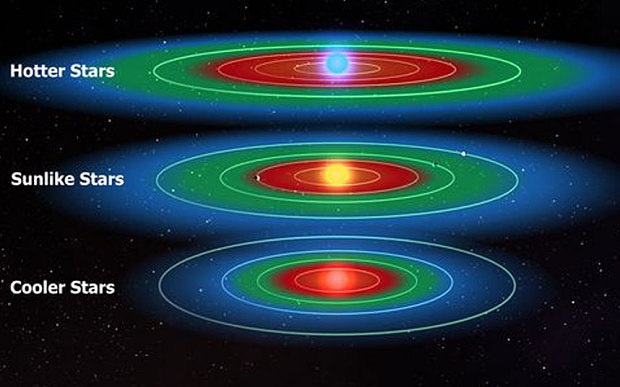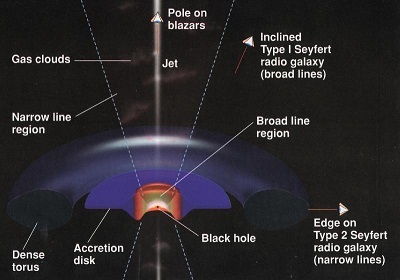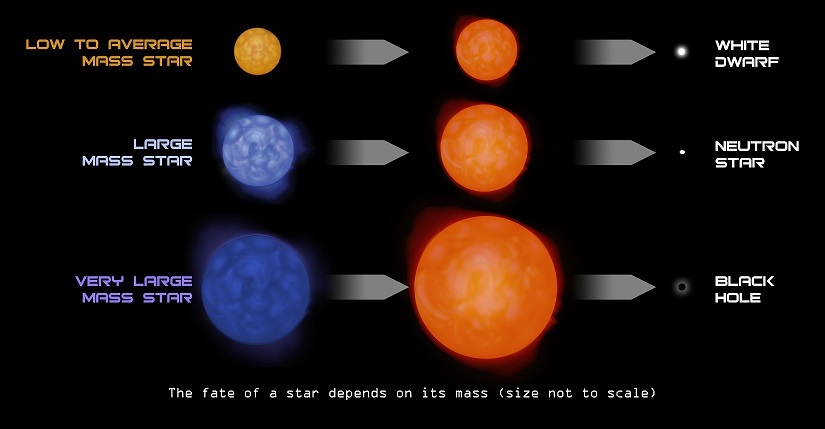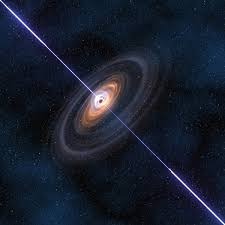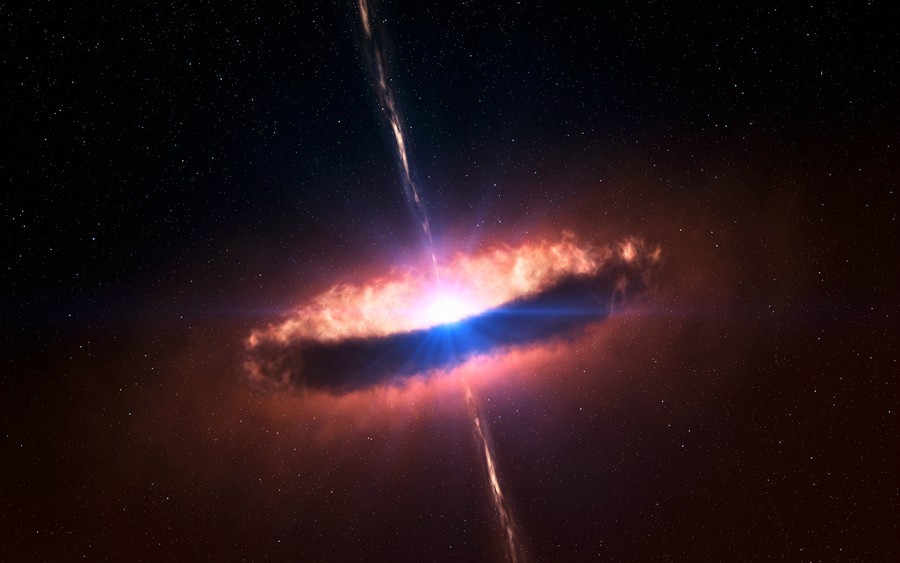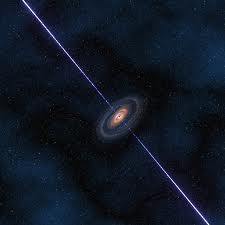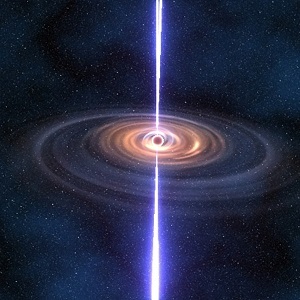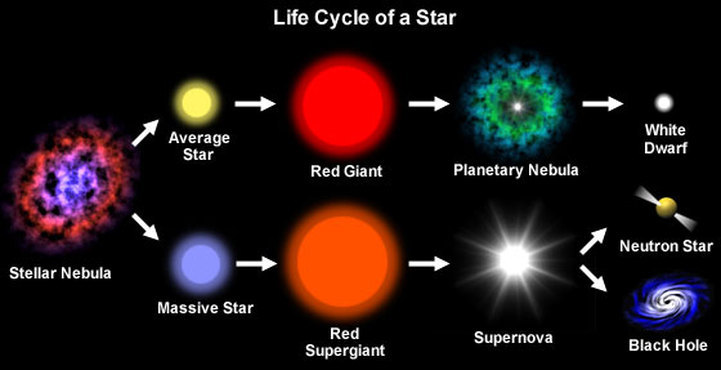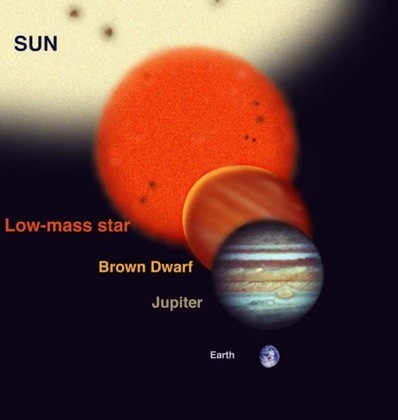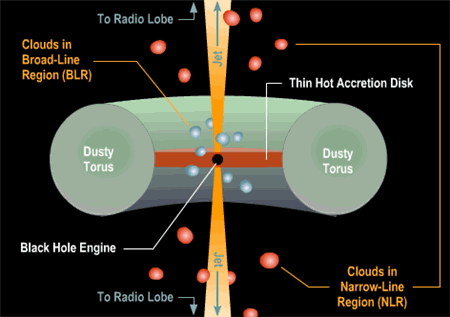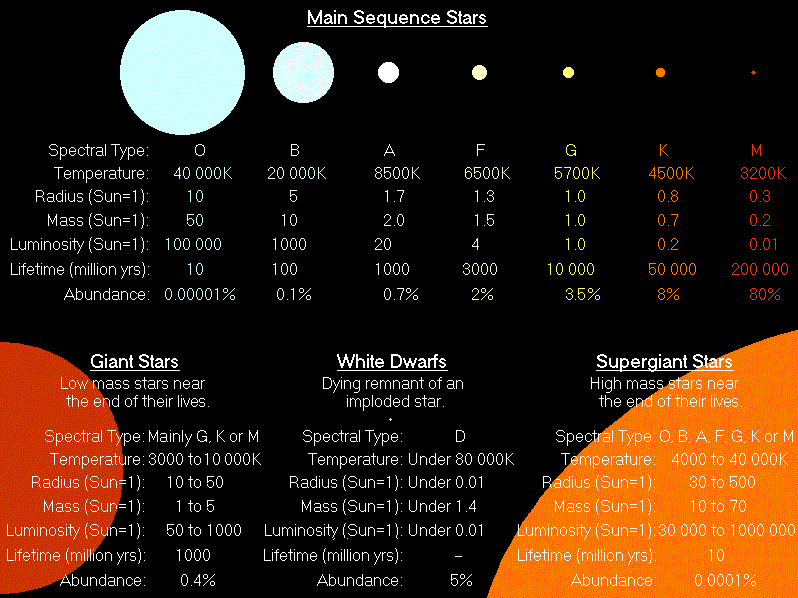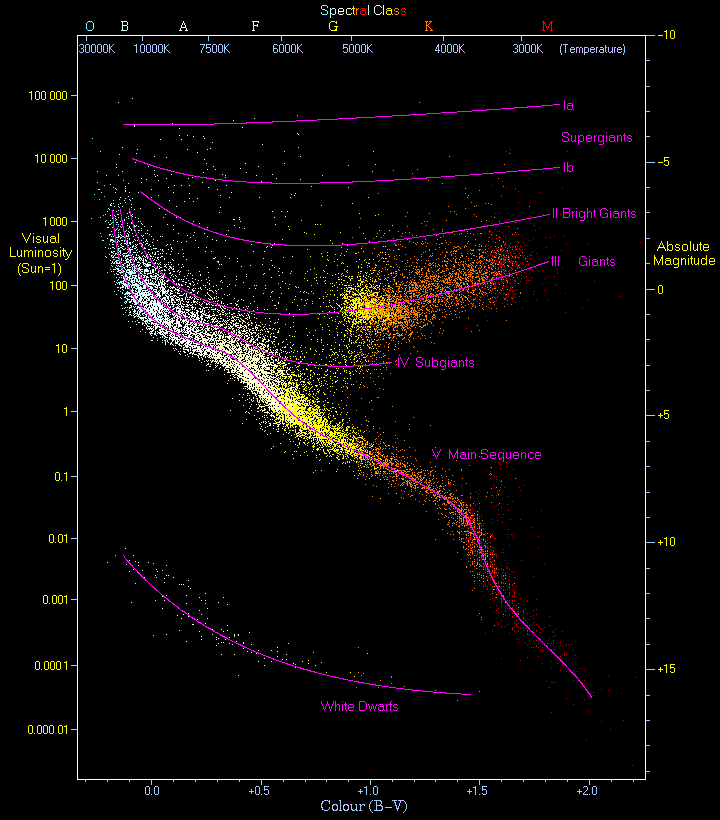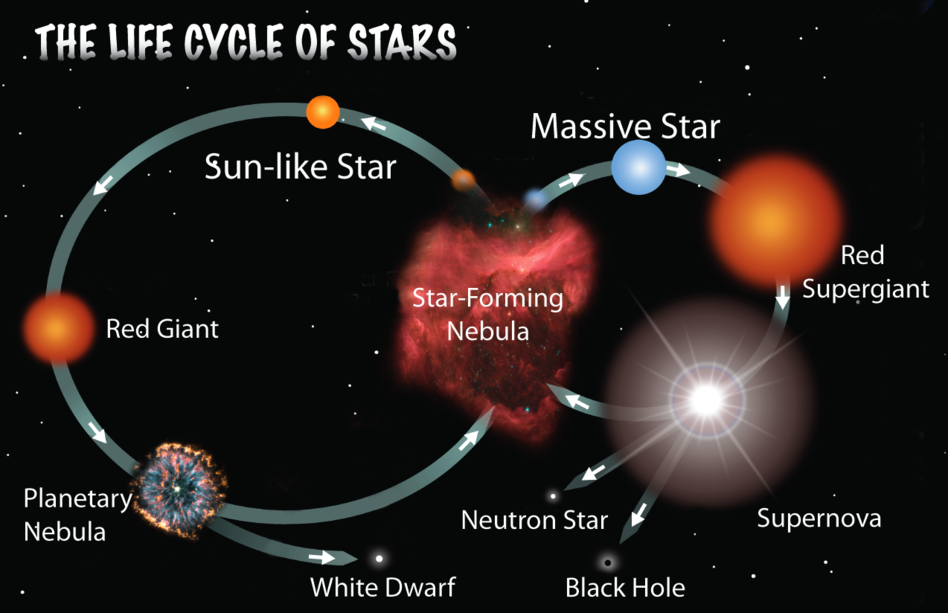
Star Types News: A new type of star has been discovered with life on and in it!
Star Types
Stars throughout every galaxy in the known Verse (a.k.a. Universe), are classified by type. Each type has sub-types, and the alphanumeric designators used as short-hand for these types give travelers a clear idea of the given star's age, composition, behavior, and other characteristics, such as the orbital range brackets in which the various types of planets are most likely to be found.
With seven main types of stars, each type having 10 sub-types, we are able to classify and anticipate the events of the vast majority of stars across the Verse. This understanding also allows us to determine which cosmic events, such as stars swallowing up planets, or colliding with other stars, will result in which outcomes. We also now understand how some planets, such as gas hyper-giants, can and do become stars.
Taking this growing knowledge base a few steps further, the Inisfreeans have learned how to manipulate stars to change their radiation and solar flares output, such as to disrupt the satellite networks of nearby planets before they can notice passing Inisfreean Spaceships. Inisfreeans can now also custom-build man-made (Inisfreean-made) stars, such as the ones that are in their private solar system.
Regarding stars which become black-holes, Inisfreeans have learned how to miniaturize their star technologies to the point that they can make custom black-holes ranging in size from the blast radius of a hand-grenade... to that of a nuclear weapon. Belt-fed black-hole-initiating projectiles are part of the Inisfreean arsenal, and these are often used in Outer Space construction and demolitions projects, as well as to stop unwanted harmful solar flares from damaging inhabited worlds. Even the outermost shield of the city Inisfree is based on a man-made black-hole, as is the Inisfreean recycling facility.
For all civilizations seeking to advance to nearly invincible levels, it is important to gain similar understandings of these giant and life-encouraging cosmic bodies. You can begin this learning journey here, starting with the following charts and other graphics which introduce us all to the realm and lifespans of our stars.
Stars throughout every galaxy in the known Verse (a.k.a. Universe), are classified by type. Each type has sub-types, and the alphanumeric designators used as short-hand for these types give travelers a clear idea of the given star's age, composition, behavior, and other characteristics, such as the orbital range brackets in which the various types of planets are most likely to be found.
With seven main types of stars, each type having 10 sub-types, we are able to classify and anticipate the events of the vast majority of stars across the Verse. This understanding also allows us to determine which cosmic events, such as stars swallowing up planets, or colliding with other stars, will result in which outcomes. We also now understand how some planets, such as gas hyper-giants, can and do become stars.
Taking this growing knowledge base a few steps further, the Inisfreeans have learned how to manipulate stars to change their radiation and solar flares output, such as to disrupt the satellite networks of nearby planets before they can notice passing Inisfreean Spaceships. Inisfreeans can now also custom-build man-made (Inisfreean-made) stars, such as the ones that are in their private solar system.
Regarding stars which become black-holes, Inisfreeans have learned how to miniaturize their star technologies to the point that they can make custom black-holes ranging in size from the blast radius of a hand-grenade... to that of a nuclear weapon. Belt-fed black-hole-initiating projectiles are part of the Inisfreean arsenal, and these are often used in Outer Space construction and demolitions projects, as well as to stop unwanted harmful solar flares from damaging inhabited worlds. Even the outermost shield of the city Inisfree is based on a man-made black-hole, as is the Inisfreean recycling facility.
For all civilizations seeking to advance to nearly invincible levels, it is important to gain similar understandings of these giant and life-encouraging cosmic bodies. You can begin this learning journey here, starting with the following charts and other graphics which introduce us all to the realm and lifespans of our stars.

Star Types

---[Star Main Breakdown]---
O:
B:
A:
F:
G:
K:
M:
x
Distance
Lightyear (LY): the distance light travels, unhindered (by the effects of cosmic entities such as gravity distortions), in the time span of 1 Earth Year.
Lightmonth: like LY, but over the span of one Earth month (28 days)
Lightday: like LY, but over the span of one Earth day (24 hours)
Lighthour: like LY, but over the span of one Earth hour
Lightminute: like LY, but over the span of one Earth minute
Lightsecond: like LY, but over the span of one Earth second
M☉ (solar mass)
R☉ (solar radius)
L☉ (solar luminosity)
Mv (absolute magnitude)
≥
≤
kK (thousand Kelvin)
H-lines Hydrogen lines (bands)
MSS Main Sequence Stars
---[Time]---
BYO billion years old
MYO
Star Class
Next
3rd part
4th
Last divsn
---[Distance]---
Vocabulary word (abbrev): definition
Arcminute: A minute of arc, or arcminute or minute of angle (MOA), is a unit of angular measurement, equal to one sixtieth (1/60) of one degree.
Arcsecond: x
Kiloparsec: x
Astronomical Unit (AU): the standard intrasolar unit of distance measurement, based upon the average distance of the Earth from the Sun; ~149,597,871 km (92,955,807 miles).
Hydrostatic equilibrium
D
x.
x.
S
x.
x.
C
x.
x.
Y
x.
x.
T
x.
x.
L
x.
x.
OC
x.
x.
BN
x.
x.
W / WR
x.
x.
M
x.
x.
K
x.
x.
G
x.
x.
F
x.
x.
A
x.
x.
B
x.
x.
O
x.
x.
Star Classes
